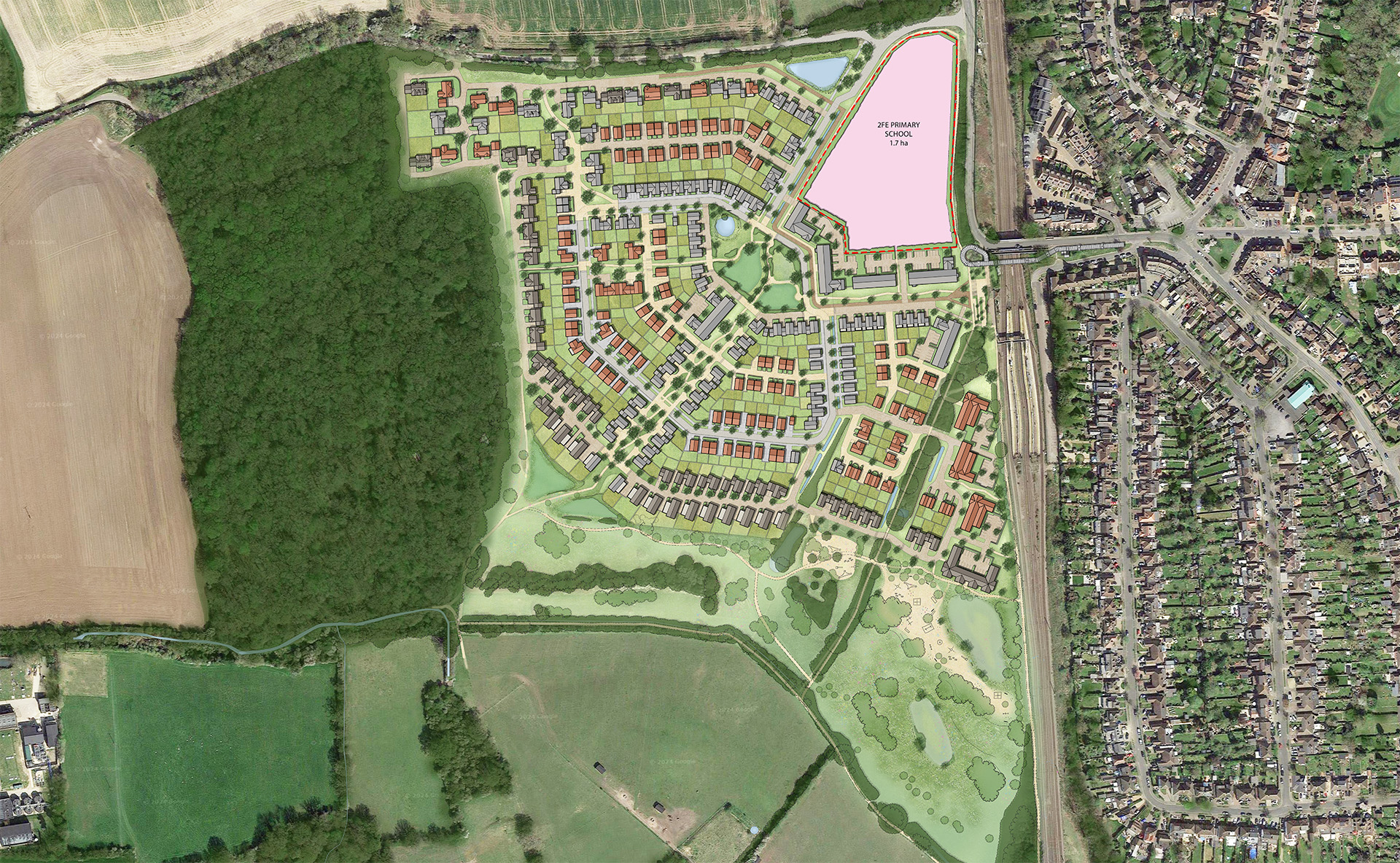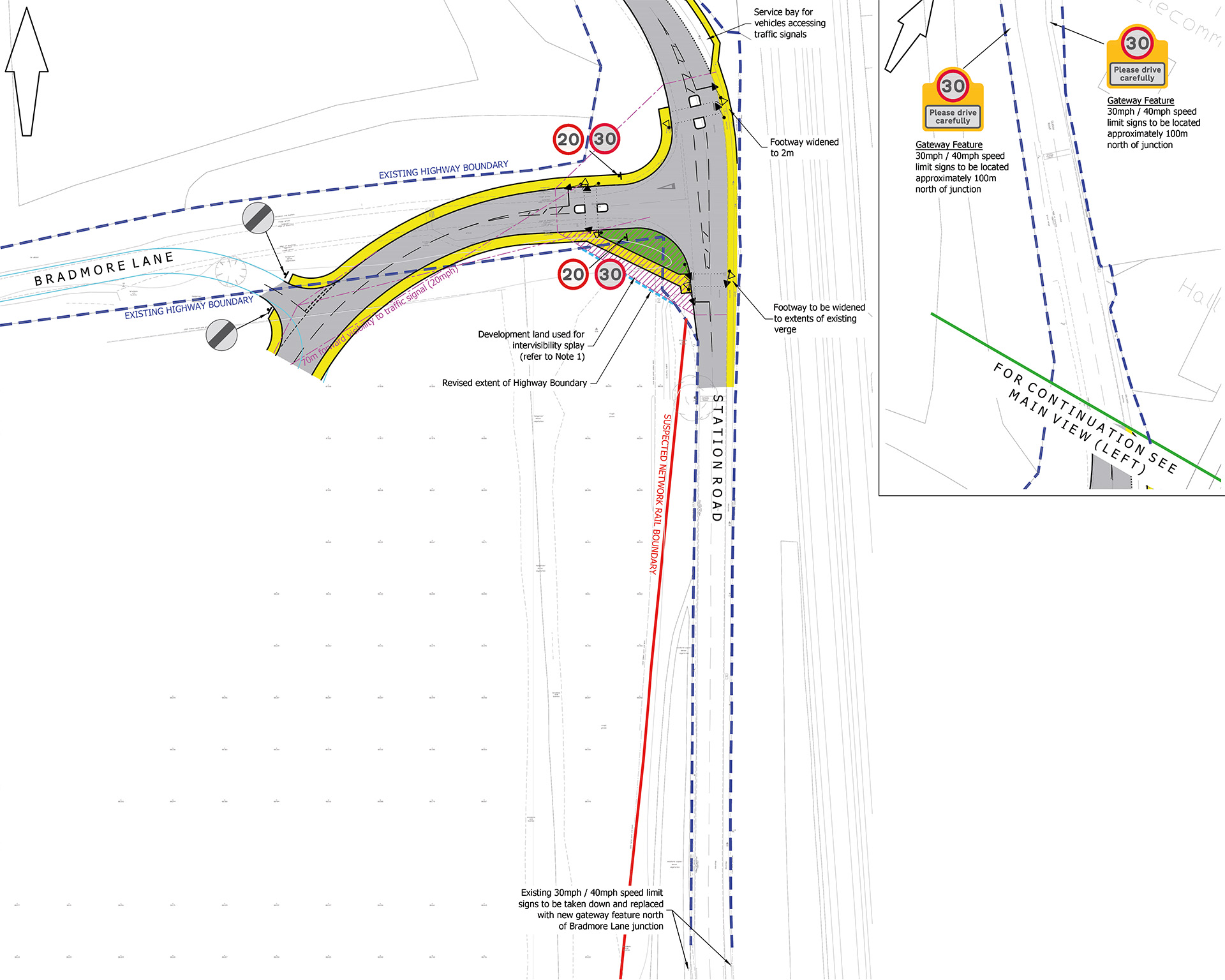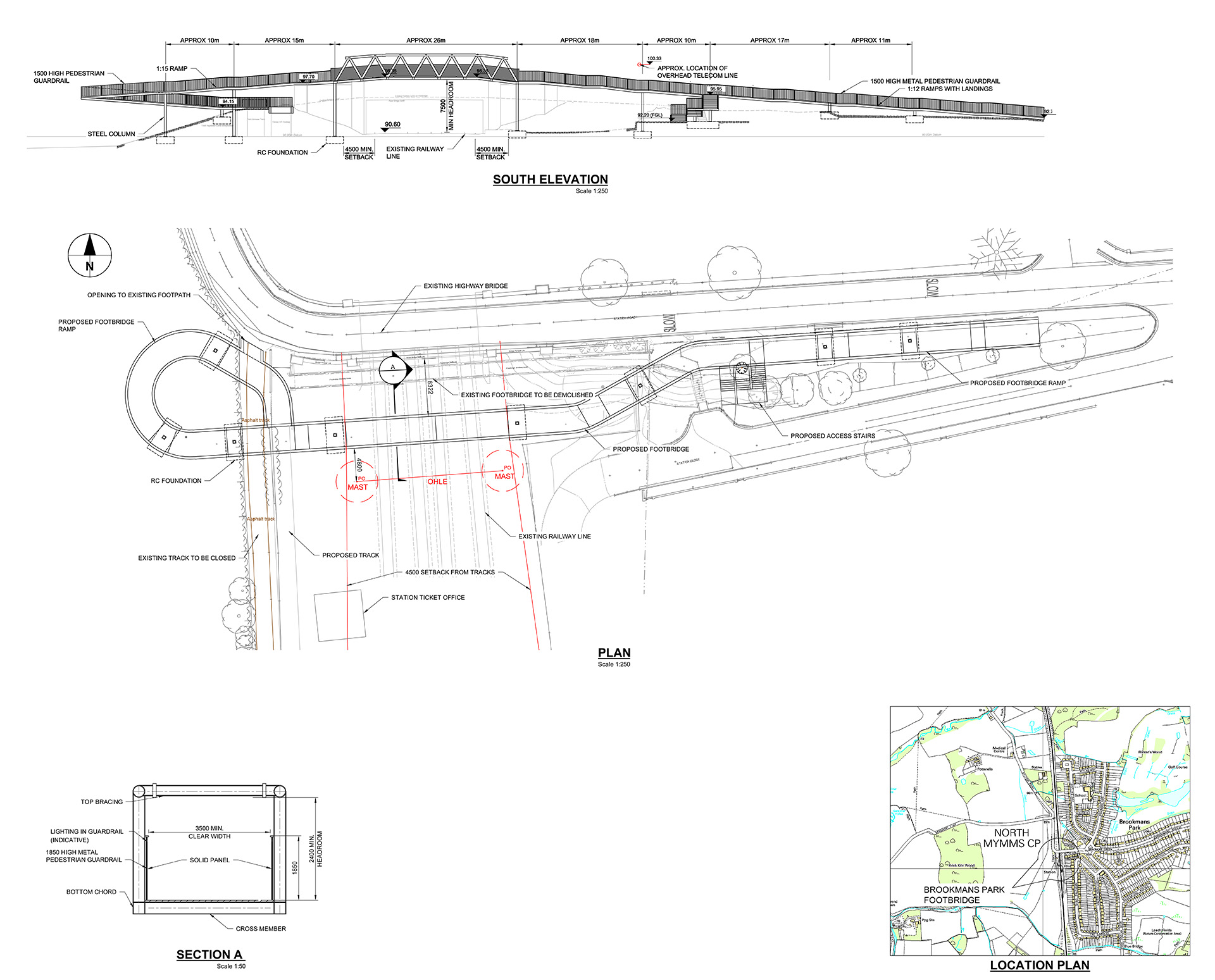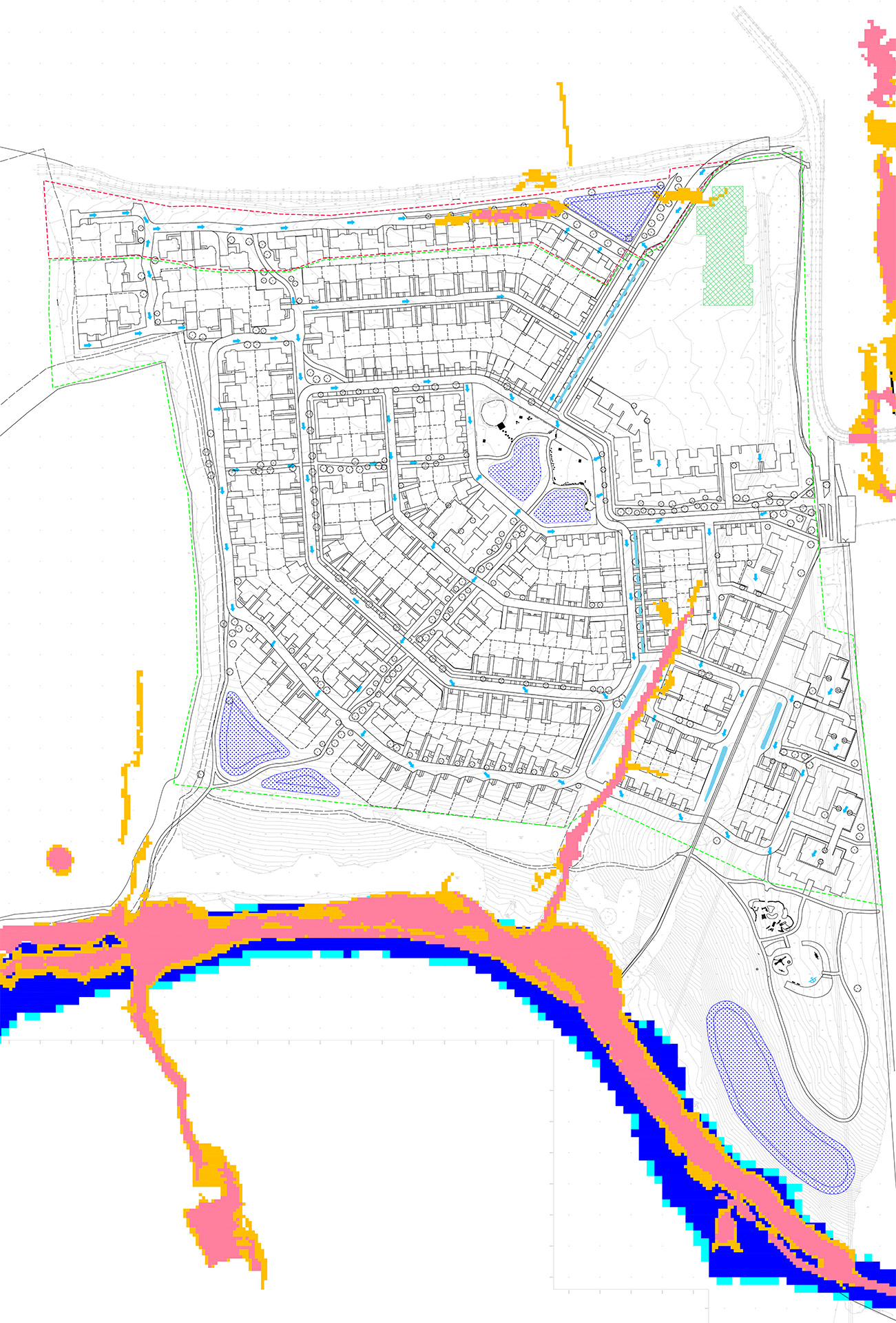Proposals
Key information about the site
The site will provide new market and affordable homes, safeguard land for a new two-form entry primary school, deliver new open spaces, biodiversity enhancements and provide a new pedestrian/cycle bridge across the East Coast Mainline (ECML).
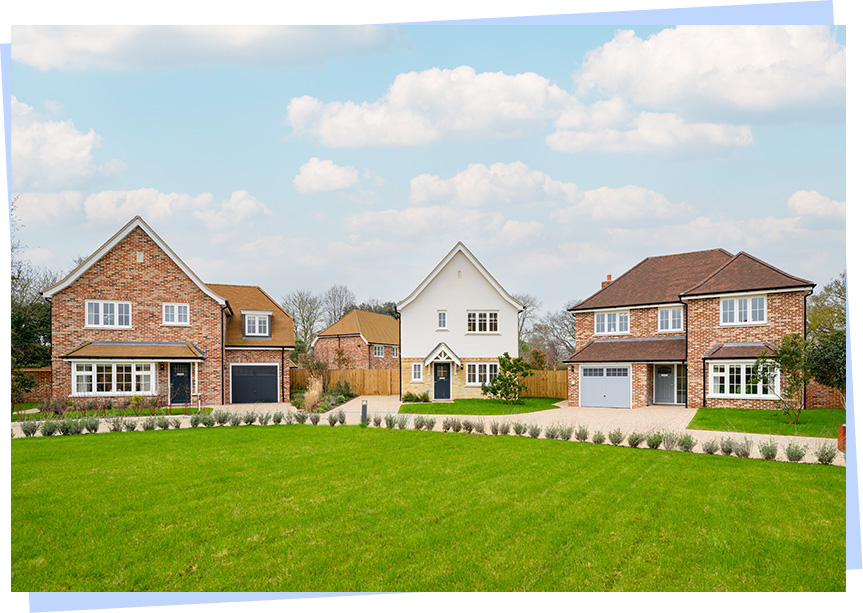
Key features
Proposals are being prepared to meet the Local Plan objectives
As a result of the feedback received from the local community and the Council, the current proposals include:
New homes
A range of sizes for individuals and families
The development proposals provide for a good mixture of 1-bed apartments through to 5-bed houses, and the buildings will range from 2 – 3 storeys in height.
The density equates to 28.6 homes per hectare, at the bottom of the range set out in the Local Plan. As part of the proposals, character areas will be used to create variation and local distinctiveness across the site. The character areas will assist in wayfinding and placemaking with each having a defined approach to architectural style and materials, as well as the surrounding landscape and infrastructure, whilst also following the principles established in the Strategic Framework.
Initial house type designs:
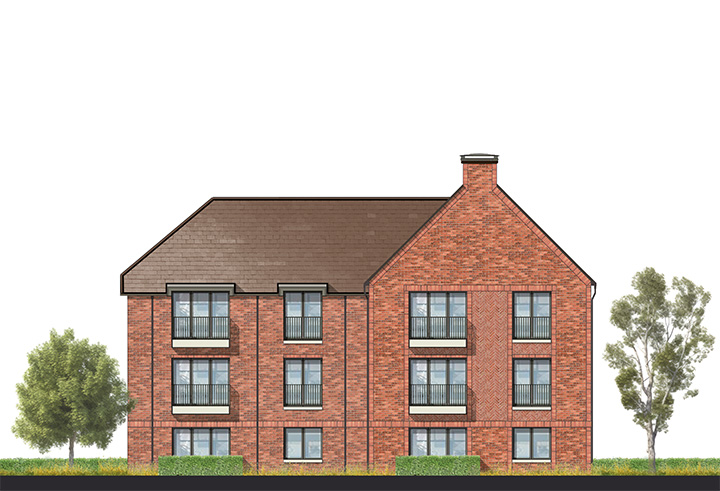
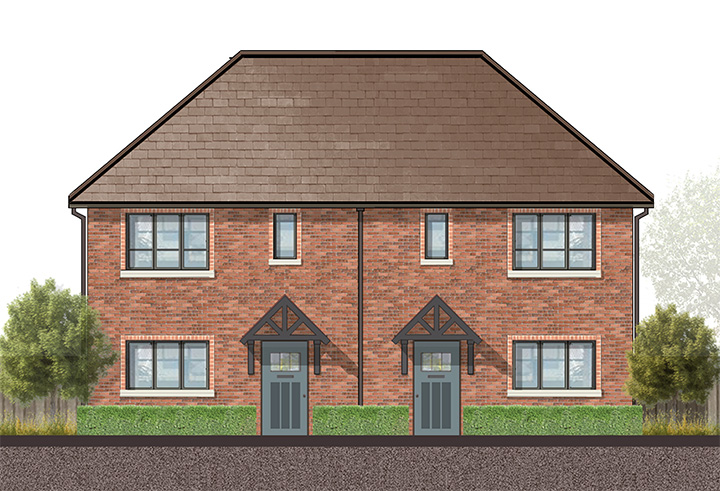
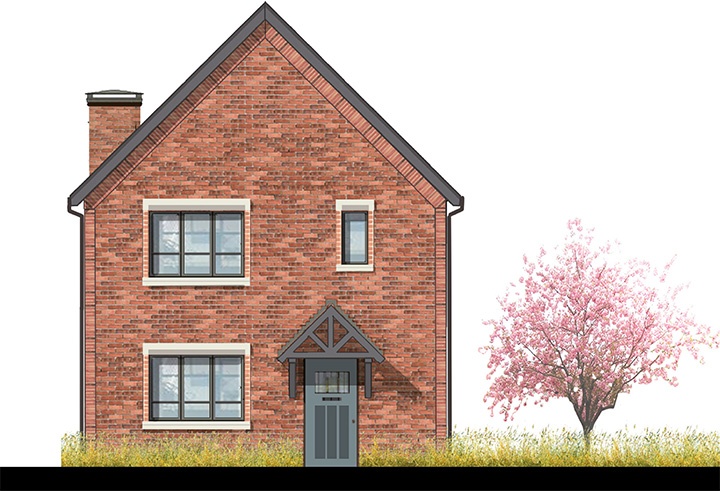
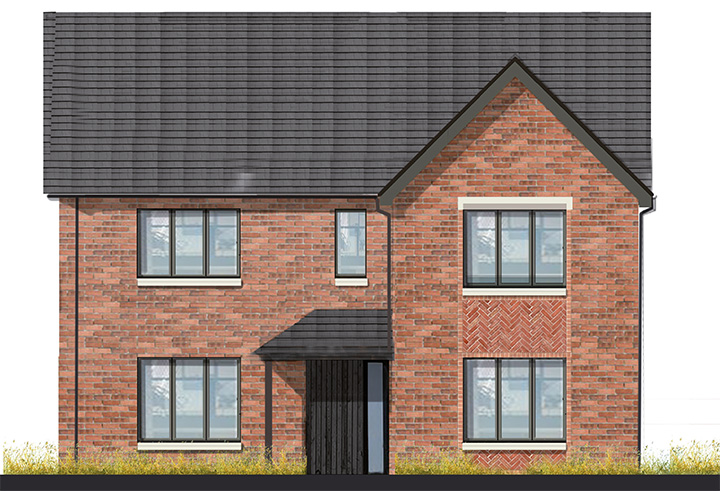
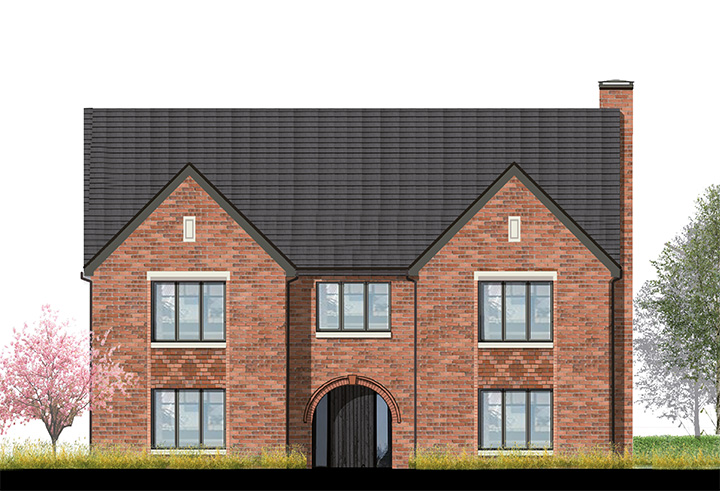
Design
Proposals that reflect the surrounding context
The proposals have been designed to ensure that they reflect their surrounding context. The sites main entrances toward the northeastern and eastern boundary will be more formal in their structure with key building providing wayfinding and legibility.
The proposals become less formal as they transition towards the open countryside and woodland edge towards the northern, southern and western boundaries, using more natural materials and colours with detached homes.
Key features will include:
- Frontage gable details
- Brick patterns and contrast
- Tile hanging details
- Bay windows
- Distinctive grouping of windows
- Typical 1930s entrances
Each home will be fitted with an air source heat pump which is more sustainable than conventional gas, providing energy enhancement to the home. All homes will be built to exceed building regulation targets.
The primary school
Land for a new primary school
The proposals include the provision of land for a new on-site two-form entry primary school, including Early Years provision.
The new primary school will provide education facilities to prospective new residents as well as contribute to wider need for school places in the local area.
After much discussion, the school land has been located in the northeastern corner of the site. This is primarily due to this area being well located for pedestrians and cyclists, preventing additional traffic entering the site and ensuring that the new community asset is located close to the existing community. When required, the land will be transferred to Hertfordshire County Council who will appoint a contractor to design and build the new school. Discussions remain ongoing with the County Council.

Vehicular access
A new access point off Bradmore Lane
The proposed development will be accessed via a new access point off Bradmore Lane at the northeast of the site.
The informal, rural character of the landscape at the junction will provide a transition from the rural northern edge into the new development and leads directly towards the proposed new central green.
The design and location of the junction has been subject to discussions with the Hertfordshire County Council Highways team.
Active travel
Reducing the reliance on cars
An active travel plan has been developed incorporating a significant number of active travel routes through the development connecting to the wider network of pedestrian and cycle routes, enhancing connectivity and reducing the reliance on cars for those living within the development.
These include pedestrian and cycle connections with Brookmans Park Railway Station and the village via a bridge over the railway line, alongside connections to existing Public Rights of Way (PRoW) to the northwest, south west and south east, as well as the enhancement of the PRoW within the site.
New pedestrian / cycle bridge
A new connection for the site
A key part of the proposals is a new connection between the site, railway station entrance and village in the form of a new pedestrian and cycle bridge over the railway line.
This will replace the existing pedestrian bridge providing a wider and more suitable connection into Brookmans Park for both new and existing residents.
Landscaping and open spaces
A range of new green infrastructure
We are committed to having a positive environmental impact through our developments, complimenting Welwyn Hatfield’s sustainability goals. The proposals seek to retain as much existing vegetation as possible, whilst also providing enhancements through additional planting.
The proposals will deliver a range of new green infrastructure and publicly accessible open space through the delivery of nine key elements as shown on the emerging landscape masterplan.
Additionally, as part of the landscape masterplan, the development will incorporate sustainable drainage principles including dry basins, wet basins with wetland enhancements including ponds.
Below is a breakdown of the proposed key elements of the Blue and Green Infrastructure Strategy:
G1 – Bradmore Boulevard
The informal, rural character of the landscape at the junction with Bradmore Lane and the northerly section of the new access road will be a gateway into the development.
G2 – Central Green
This area will be a multi-functional green heart of the development, acting as a hub to the active travel routes. An existing retained pond will provide a natural character to the northwestern part of the green.
G3 – Brookmans Park Gateway
The new pedestrian/cycle link with Brookmans Park will be an exciting and welcoming new space with a strong sense of place. The higher-level terrace adjacent to the station, will offer views west overlooking the development.
G4 – Brick Kiln Woodland Edge
The 15m width buffer for the ancient woodland is designed primarily to protect the ecology of the woodland and to nurture an enhanced biodiversity within the buffer zone.
G5 – Ray Brook Valley, ecological area
The fields on the steeper slopes leading down to the Ray Brook will be protected and enhanced to maintain their biodiversity value.
G6 – Vista Greenway
The Vista Greenway will be a linear park that connects the Central Green with the open space to the south where the attractive views of the countryside to the southwest provides strong connection with the landscape setting of the development.
G7 – Bradmore Lane corridor
The Bradmore Lane Greenway provides a rural character to the setting of the development area that addresses Bradmore Lane.
G8 – South East Natural Green Space
The South East Natural Open Space will be a naturalistic space with opportunities for informal recreation, play, attenuation and biodiversity enhancements.
G9 – Footpath Corridor
This key active travel corridor will maintain a green and partly wooded character for the public right of way FP9, with enhancements to path surfacing, links with the new active travel network and additional planting and reinforcement of the existing weak hedgerows.
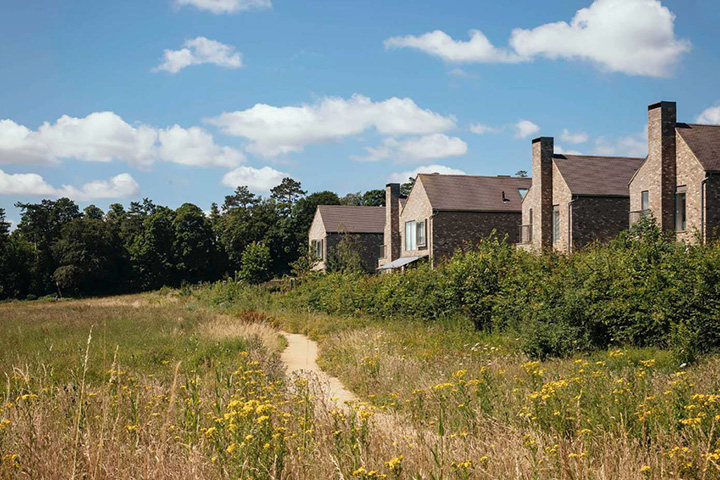
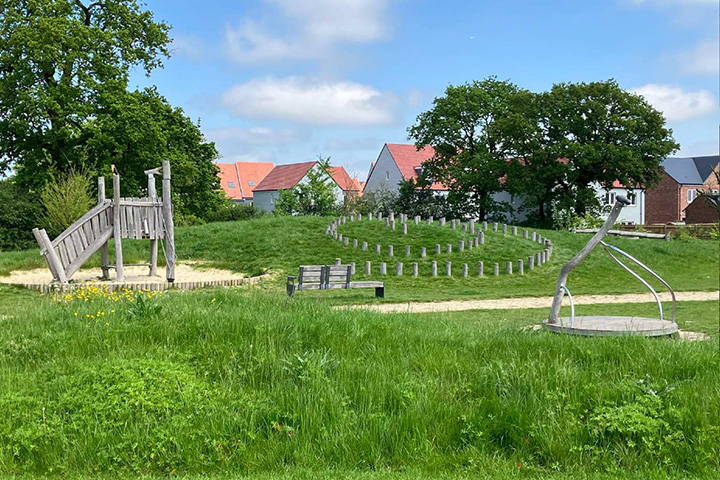

Drainage
A surface water drainage strategy for the site
The developable area of the site is located in a low-risk Flood Zone 1 area, meaning that the site is at a low risk of fluvial and tidal flooding. There is an area of high-risk Flood Zone 3 located to the south of the development area associated with the watercourse, however no development is proposed in this area.
The Environment Agency surface water flood maps identify that the majority of the site is at a very low risk of surface water flooding; however, there are areas which currently experience occasional flooding (associated with the existing ditch network through the site). The implementation of the proposed surface water drainage strategy will capture, and control surface water generated on-site, removing the risk identified.
Proposed Surface Water Drainage:
- The proposed surface water drainage strategy will use sustainable urban drainage systems (SuDS) to capture, control and release water generated on-site, back to pre-development greenfield rates. Infiltration to the ground has been identified as an unsuitable method of discharge; therefore, it is proposed to discharge at pre-development greenfield rates to the respective existing ditch / watercourse to the north and south of the site, respectively.
- The system is designed to manage severe weather that happens very rarely, such as 1-in-100-year storm event and to account for climate change.
- The proposed SuDS features include a variety of storage options: attenuation basins, swales, and permeable paving to provide storage during rainfall events, treatment, amenity, and biodiversity benefits.
Proposed Foul Drainage:
- It is intended that foul effluent will discharge into Thames Water’s existing foul drainage network.
- The foul drainage system will naturally flow to the south of the site before discharging to the existing Thames Water network.
Construction management plan
Efficient and safe construction with minimal disruption
As part of the preparation of the planning application, a Construction Management Plan will be prepared detailing how the construction will be carried out efficiently, safely and with minimal disruption to the surrounding community and environment. This could include:
- Proposed working hours: Construction work and site deliveries will take place between the hours of 8am to 6pm (Monday to Friday) and 8:00am to 1:00pm (Saturdays), with no work on Sundays or public holidays.
- Deliveries: All deliveries will be via Station Road/Bradmore Lane. Drivers will be instructed not to use Warrengate Road, Hawkshead Lane (west of the junction with Bluebridge Road) and Bradmore Lane west of the site access. Signage will be displayed directing construction traffic to/from the site and traffic movements into/out of the site will be controlled by a trained banksman/signaller. Site vehicles will not be allowed to park outside the site, unless in an emergency. The site gates will be set back far enough to allow a lorry to wait off the road until the gate is opened. Construction traffic will not use privately owned roads.
- Noise and dust control: Measures will be in place to reduce the impact to the surrounding area. This will include noise barriers, water suppression for dust, and restricted use of loud machinery during early hours.
- Waste and environmental management: Strategies for waste disposal, recycling, and protecting local wildlife and ecosystems will be established for the site.
- Site security: On-site safety measures and security will be in place to prevent unauthorised access.
- Communication strategy: Regular updates will be provided to residents and a point of contact for complaints or queries will be established before work begins on site.
- Emergency procedures: Contingency plans will be in place for dealing with incidents such as spills, accidents, or severe weather.
The construction period will run for approximately 7 years, subject to sales rates.
Please refer to the proposed site access and construction traffic route plans.
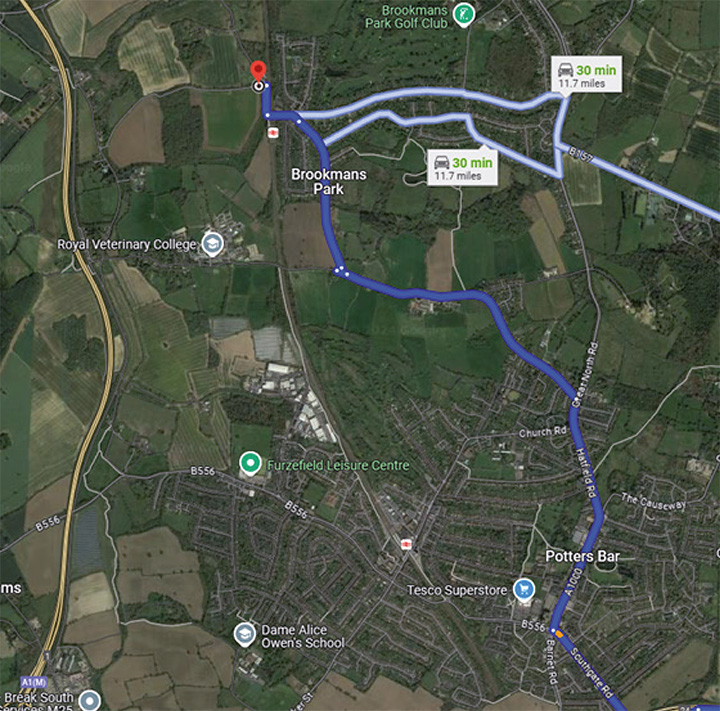
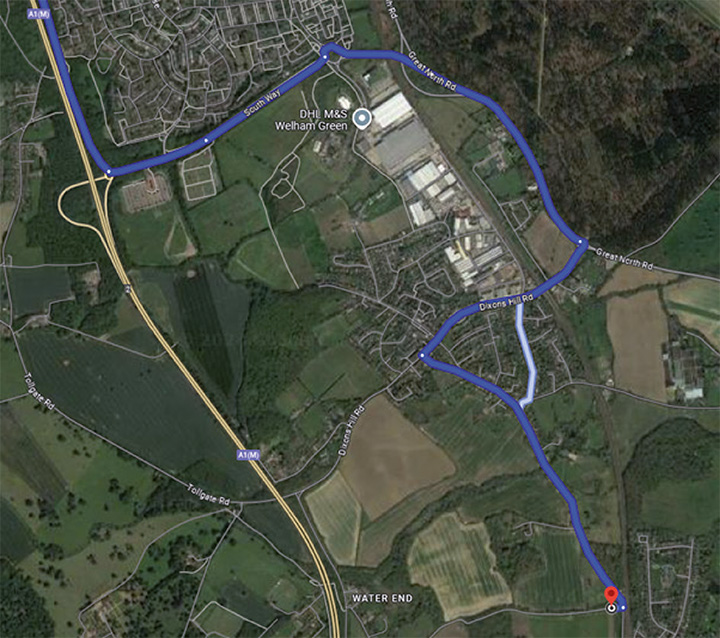

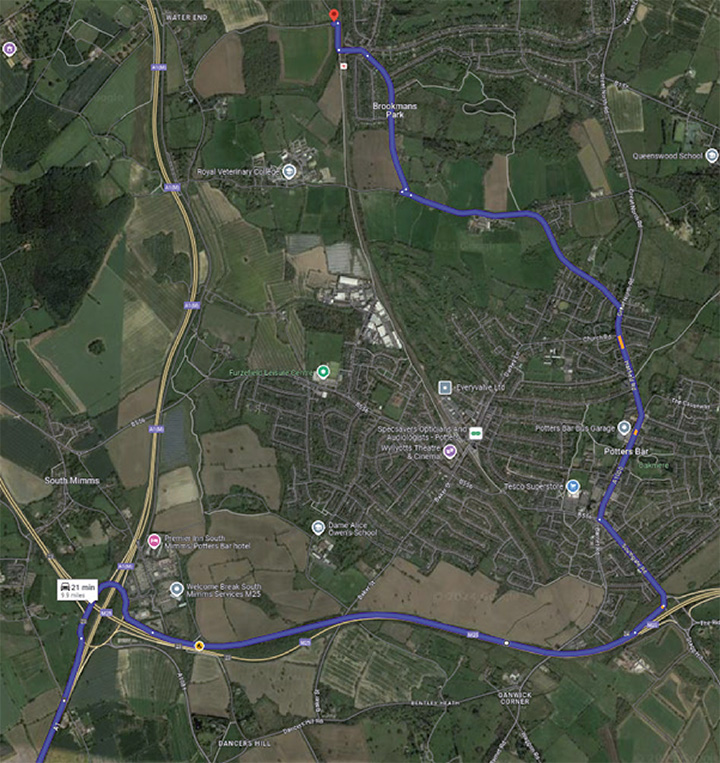
Supporting the RVC
Training the vets of the future
The RVC is a world-leader in the education and training of veterinary, veterinary nursing and biological science students and is currently the top ranked veterinary school in the world for the fourth consecutive year.
The RVC has a globally significant education, clinical and research centre at the Hawkshead Campus employing around 760 people.
Being a long establish part of the local community, the RVC is committed to ensuring development of its landholding is of a high quality and that placemaking responds directly to the needs and aspirations of the local area, leaving a lasting legacy.
By bringing forward this development, the RVC will be able to underpin its long-term planning to continue its 200+ year legacy of delivering world-class education, clinical service and research as a world-leading institution and employer in Welwyn Hatfield.
In Welwyn Hatfield, the RVC is keen to support the Council in achieving its economic, social and environmental objectives and Herts LEP in its goals for life sciences. Critical to those roles is addressing the local housing need in a way which is mutually beneficial to the RVC and the broader community.
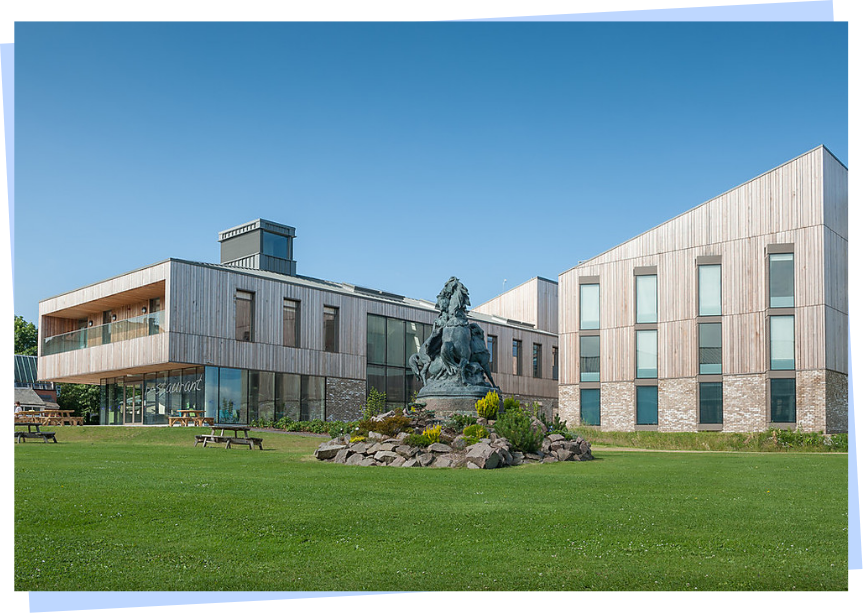
Timeline
Overview of the proposals process
June 2024
Launch of first round of consultation
January 2025
Launch of second round of consultation
Q2 2025
Targeted submission of planning application

